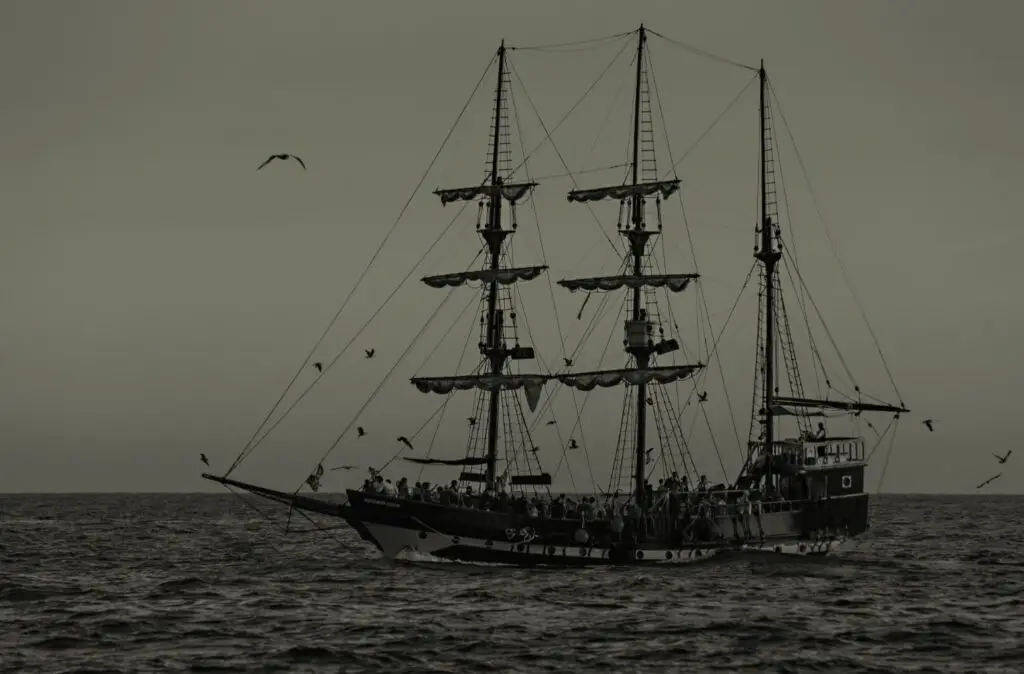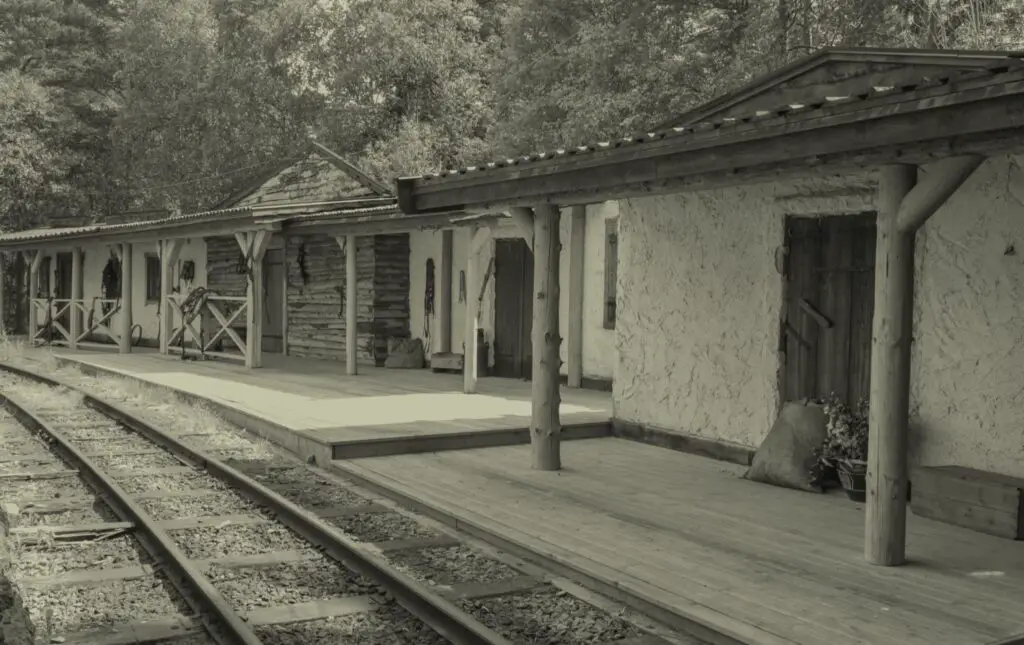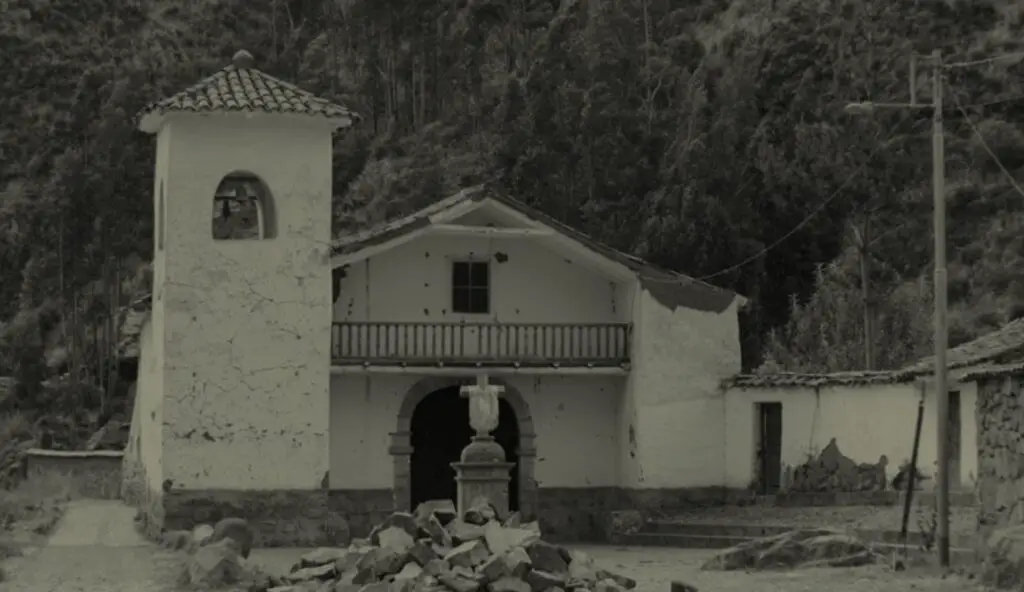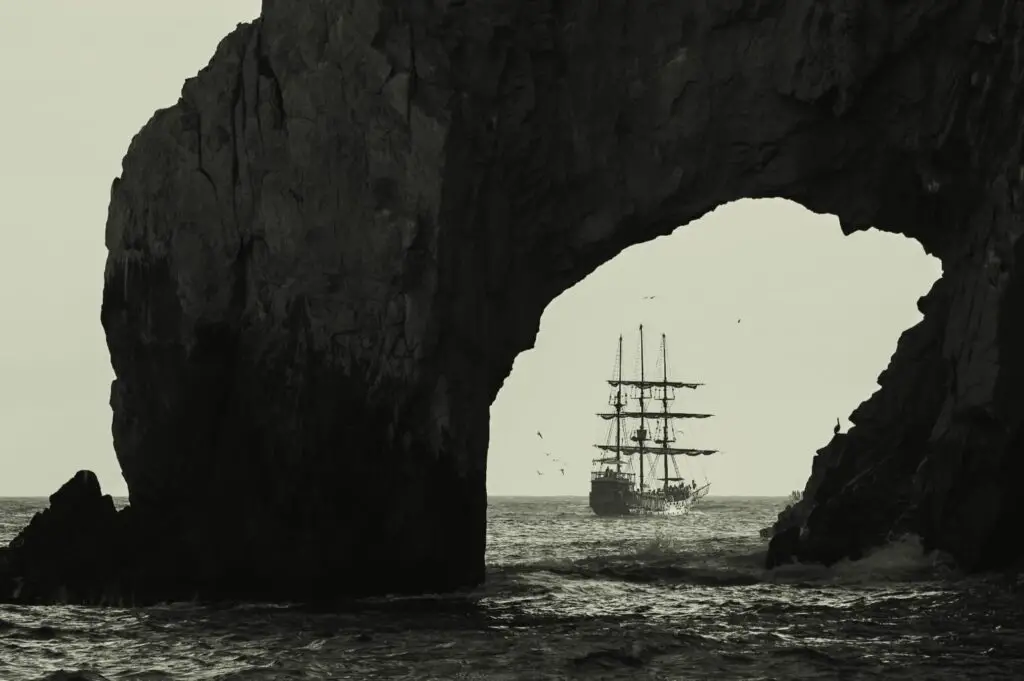The 19th century heralded an era of unprecedented transformation for Mexico, a nation forged in the crucible of revolution and reborn through a cascade of social, political, and cultural metamorphoses. At the heart of this historic century was the Mexican War of Independence, a seismic struggle for autonomy that cut ties with Spanish rule and set the stage for a complex national identity narrative.
From the uproarious clamor of the battlefield to the fervent discussions in the halls of governance, Mexico’s journey through the 1800s was marked by the ambitions and aspirations of its people, a collective endeavor to redefine a country on its terms. This exploration invites you to traverse this rugged terrain of Mexican history to understand the roots of today’s Mexico embedded deep within the soil tilled by past generations.
Table of Contents
- The Mexican War of Independence
- The Political Turmoil Post-Independence
- Cultural Renaissance and Society
- Economic Developments and Challenges
- Prominent Figures of the Century
The Mexican War of Independence
Title: Unveiling the Fire of Freedom: The Spark Behind Mexico’s Independence Quest
Have you ever marveled at Mexico’s vibrant and diverse culture? But beyond the irresistible tacos and the lively mariachi bands lies a tale of bravery and a burning desire for freedom. Let’s time-travel back to the 1800s to uncover the thrilling story of what sparked Mexico’s quest for independence.
It all started with a dream of being free from years of rule by distant lands. For over 300 years, Mexico was known as ‘New Spain’ and was under the tight grip of Spanish control. The people of Mexico were ready for a change, yearning for the right to run their own lives and land.
The plot thickened when a brave priest named Miguel Hidalgo y Costilla sparked a flame that would light up the entire country. On September 16, 1810, he rang his church bell in the small town of Dolores and delivered a passionate cry for independence, known as “El Grito de Dolores.” This rallying call set hearts ablaze and fired up a movement that would change the course of history.
But what ignited this sudden burst of action? For one, the Mexican people had had enough of the unfair taxes and laws favoring Spanish-born folks over the native Mexicans and those of mixed descent. In addition, Napoleon’s invasion of Spain weakened the European country’s tight hold over its colonies. Like a domino effect, this political shakeup gave the Mexican people the perfect opening to break free.
Imagine living where the loudest voices and most affluent pockets make every rule. The struggle for equal rights and the opportunity for locals to govern fueled the fire for independence. Inspired by other revolutions, like the American and French, Mexico’s leaders started dreaming up a free nation guided by justice and liberty.
Hidalgo’s initial spark blossomed into a full-blown revolution that took blood and sweat a decade before victory. After years of battles and brave feats by heroes like José María Morelos and Vicente Guerrero, Mexico finally declared independence on September 27, 1821.
And so, with a dream and the courage to chase it, a new nation was born. Every year, on Independence Day, the spirit of freedom rings out just as loudly as it did back in 1810, reminding everyone of the power of determination and unity. Whether through its rich history or its colorful traditions, Mexico continues to remind the world that the quest for liberty is always worth the fight.

The Political Turmoil Post-Independence
Bienvenidos! Let’s dive into the heart of Mexico’s transformative journey post-independence. After shaking off the shackles of Spanish rule, the country faced the monumental task of shaping its destiny. It wasn’t a walk in the park, amigos. Establishing a stable government was akin to discovering an off-beaten path through a dense jungle filled with the promise of ancient ruins—thrilling for a nomad but full of uncertainty for a young nation.
The early years post-1821 were a whirlwind of political tug-of-war with various factions vying for control. Mexico experimented with monarchy before embracing a republic’s spirit—it was all about finding the right fit, like hunting down the perfect hidden beach. Confidence in leadership was as vital to Mexico’s success as a good map is to an explorer. One of those figures was Guadalupe Victoria, the first official president who aimed to maintain the delicate balance of a federal republic, drawing a new future as boldly as a street artist in Oaxaca sketches vivid murals.
Land and freedom were central themes during this shake-up. Communal lands cultivated by indígenas and campesinos were protected, at least on paper, from the greedy grasp of former colonial haciendas. This was Mexico’s way of redefining its landscape—think of it as creating a unique travel itinerary that speaks to its character, fully capturing its essence.
In truth, the economy needed as much rehab as a backpacker after a weeklong hike. So, Mexico opened its rich resources—minerals, agriculture, and more—to foreign investment. Yes, this introduced some choppy waves, but it was also a prime chance for progress.
Education lit up the country like the first glimpses of sunlight on the beaches of Cancún. Leaders knew that the key to a brighter future was through informed minds, like the way savvy explorers know that local wisdom is the treasure trove for the best experiences.
As the arts flourished, Mexico painted its identity with every stroke of Diego Rivera’s murals and heard its soul in the strums of mariachi guitars. It was, and remains, a cultural renaissance—a perpetual fiesta of self-expression.
Remember, amigos, navigating freedom was a journey for Mexico, filled with as many bumps as a cobbled street in Puerto Vallarta. But like any true nomad, Mexico learned that every challenge was an opportunity to grow, explore, and become a destination—one that calls to free spirits, inviting them to witness an ever-unfolding story of resilience and beauty. Viva la vida and viva México—may wanderlust always lead you to places as rich in spirit as this.

Cultural Renaissance and Society
As the new dawn of independence swept through the streets of Mexico in the 19th century, it carried with it the whispers of change that were about to transform the nation’s cultural landscape. After the dust of revolution settled, the people of Mexico stood on the threshold of opportunity, ready to cultivate a society affluent in its own unique identity.
The 1800s witnessed Mexico unfurling its wings to embrace the winds of cultural change, manifesting a blossoming of distinctively Mexican arts and traditions. Having broken the shackles of Spanish colonial rule, a surge in national pride joyously spilled into every avenue of daily life.
Visual art, once used as a political tool by colonizers, found its rhythm in the heartbeats of Mexican artists. The canvas became a stage for expressions of freedom and cultural narratives that once lay dormant. Paintings and sculptures honored indigenous roots and told stories that resonated deeply within each Mexican.
Literature, too, turned a new page. With ink flowing like the blood of their revolution, writers crafted pieces that echoed the sentiments of liberty, reform, and patriotic fervor. The power of the pen was mightier than the sword, forging intellectual movements and stirring a hunger for nationalistic enlightenment.
Moreover, the pulse of music and dance reverberated with newfound vibrancy, mirroring the very essence of Mexico’s spirit. Traditional folk music, such as the ranchera and corrido, gained prominence and wrapped the populace in a familiar yet evolving melody of heritage interlaced with contemporary tones.
Cuisine was another realm where innovation thrived. Foods that once were markers of regional identity began to intertwine, leading to a tapestry of flavors that today defines Mexican gastronomy. The mingling of local ingredients with international influences created a culinary revolution, tantalizing taste buds and feeding the nation’s soul.
Education, previously a privilege of the few, started to become more accessible, sowing seeds for a society rooted in knowledge and progress. As schooling spread, so did the appreciation for Mexico’s history and cultural contributions. Children could now dream of shaping their country’s journey through learning and imagination.
The 19th century for Mexico was not just about becoming a new nation free from colonial chains. It was about sewing a vibrant cultural quilt composed of the threads of history, art, literature, music, cuisine, and education. This quilt wrapped around the people, with the promise of creating a Mexico reflective of their collective soul.
Each brushstroke, penned word, and note played was a step towards a Mexico that elevated its heritage while marching toward the horizon of its potential. In the heart of this bustling cultural evolution, the Mexico we adore today found its rhythm, colors, and voice.
So, let’s celebrate the cultural blossoming of 19th-century Mexico, for the roots planted during this significant era have grown into the sturdy tree under whose shade we now dance, dream, and continue to create.

Economic Developments and Challenges
In the wake of independence, Mexico’s economy embarked on a roller coaster of transformation that reshaped every aspect of its society. After the confetti from the independence celebrations settled, the country faced a colossal task: to build an economy from the ground up, independent of Spanish rule.
Commerce started to find its rhythm sans the European chokehold. With oceans on both sides, Mexico opened its ports to trade like a teenager earning their first paycheck. Silver was the hot commodity, turning global eyeballs towards this new market player. But it wasn’t just about minerals; agriculture also began to pick up pace. Haciendas – think of them as massive rustic estates – became the epicenters of crop and livestock production. Farmers were grinding, dusting off the colonial cobwebs, and embracing the freedom to till their land.
However, not everything was sunny in this newfound independence. Money matters were trickier than a maze. Debts racked up from the fight for freedom and the economy, for a period, stumbled like a toddler. The rich silver lodes couldn’t patch up the economic potholes overnight. Cue a series of rulers who tried to set things straight – some with a vision, others not.
Ah, but let’s dart over to a remarkable aspect – foreign investment and influence started making waves. England, France, and yes, the good ol’ USA began tossing their financial hats into the ring, hyped about Mexico’s potential. Railroads started to snake across the country, chugging along cargo and hoping for economic revival.
Mexico’s labor force became its heartbeat. Workers stepped up, swelling the ranks of every sector, from mining to manufacturing. Think artisans, artisans, and more artisans, from weaving magical tapestries to forging iron with the skill of a wizard. It was all about making stuff and getting it out there.
Trade agreements waved their flags in the 1800s, with the country flexing its diplomatic muscles. Mexico signed up for the game of tariffs and treaties, lining up partners keen to dance to a tune of mutual benefit. This hustle boosted business confidence and international reps.
Alongside the fledgling industrial age, a network of banks sprouted up like mushrooms after rain. They were the guardians of gold—and often silver—shaping monetary policies and trying to stabilize the economy’s seesaw.
But let’s not forget the people. The economy’s beating heart is its vibrant workforce, filled with ambition and resilience. Agriculture remained a main gig, with farmers reaping what they sowed literally and figuratively. The textile industry was weaving success stories as Mexico dressed up, supplying domestic and foreign markets.
Fast forward to today, and the history books show that the road post-independence was paved with as many dips as it had peaks. Yet, the spirit that fueled the flames of revolution also ignited the forge of economic growth. Mexico has since morphed into a key player on the world stage, its economy a colorful tapestry woven through time, stitched with the tenacity of its people.
Nowadays, travelers marvel not just at the pyramids and beaches but at a modern nation that remembers its past while eyeing the future. Thanks to those early days of grit and grind, Mexico’s economy is a centuries-old painting that continues to captivate and evolve with each brushstroke.

Prominent Figures of the Century
After the dust settled on Mexico’s hard-won independence, it was clear the journey ahead was packed with promise and a fair share of pitfalls. One significant chapter in this story is Mexico’s economy carving its path.
Back then, commerce and trade were like the lifeblood of the new nation. With markets buzzing and products like silver and crops passing through trade routes, Mexico’s economic wheels began to turn faster. Farmers and landowners spotted gold in fields of green—agriculture surged. Vast haciendas, those sprawling estates, dotted the landscape, involving everything from sugar to henequen, an agave plant often called Mexico’s green gold.
But not everything was sunshine and ripe harvests. Money woes were real. Economic instability sometimes hits like those sudden summer storms, leaving folks to weather through tricky times. What’s an independent country to do? Open the doors to outside investments, that’s what! Foreign cash flowed in, eyeing Mexico’s rich natural resources and bridging some economic gaps.
Here’s where things got a bit techy, as steam power picked up pace. The expansion of railroads shifted how goods and people shuffled across the country, shrinking distances and weaving cities closer together. Imagine that—a network of steel and steam spawning new opportunities like never before.
Still, a country is only as strong as its people. And Mexico’s labor force? Oh, they were the true gems. Artisans, farmers, and factory workers all poured their might into weaving the fabric of the economy. But the work was challenging, sometimes with scarce rights and voice for those whose hands built the nation’s wealth.
Trade agreements came into play, linking Mexico to other nations’ economies—partnerships that hold both sparkle and shadow. And where money whirls, the banks aren’t far behind. They had a mighty role in drafting monetary policies that could fill sails or tie anchors to Mexico’s growing economy.
Getting down to the nitty-gritty—agriculture and the textile industries saw their share of ups and downs. Success stories of farms and fashion were told alongside tales of struggle and demand.
Through it all, the economy began to stretch its limbs, finding steadier footing with time. The connection between Mexico’s storied past and its buzzing, modern economy is inseparable. It’s like looking at an old picture and seeing the traces of those same smiles today.
So, what was sown in the 19th century shaped a nation’s identity and etched a future roadmap. Change-makers back then had dreams more significant than the skies, and now, contemporary Mexico shows us how those dreams keep unfolding, one chapter at a time.
As the shadows grew long over the final years of the 19th century, Mexico found itself navigating the river of time with a more defined sense of direction, owing much to the eclectic tapestry of individuals who left indelible marks upon its national psyche.
The path that unfolded throughout this century was rarely straightforward, but it was invariably rich with stories of resilience, innovation, and the relentless pursuit of a better tomorrow. The lives of those who led fought, created, and dreamed continue to whisper through the annals of Mexican history, echoing the tenacity and spirit that carved a nation out of chaos and inspiration, a nation that remains a testament to the indefatigable will of its people.

